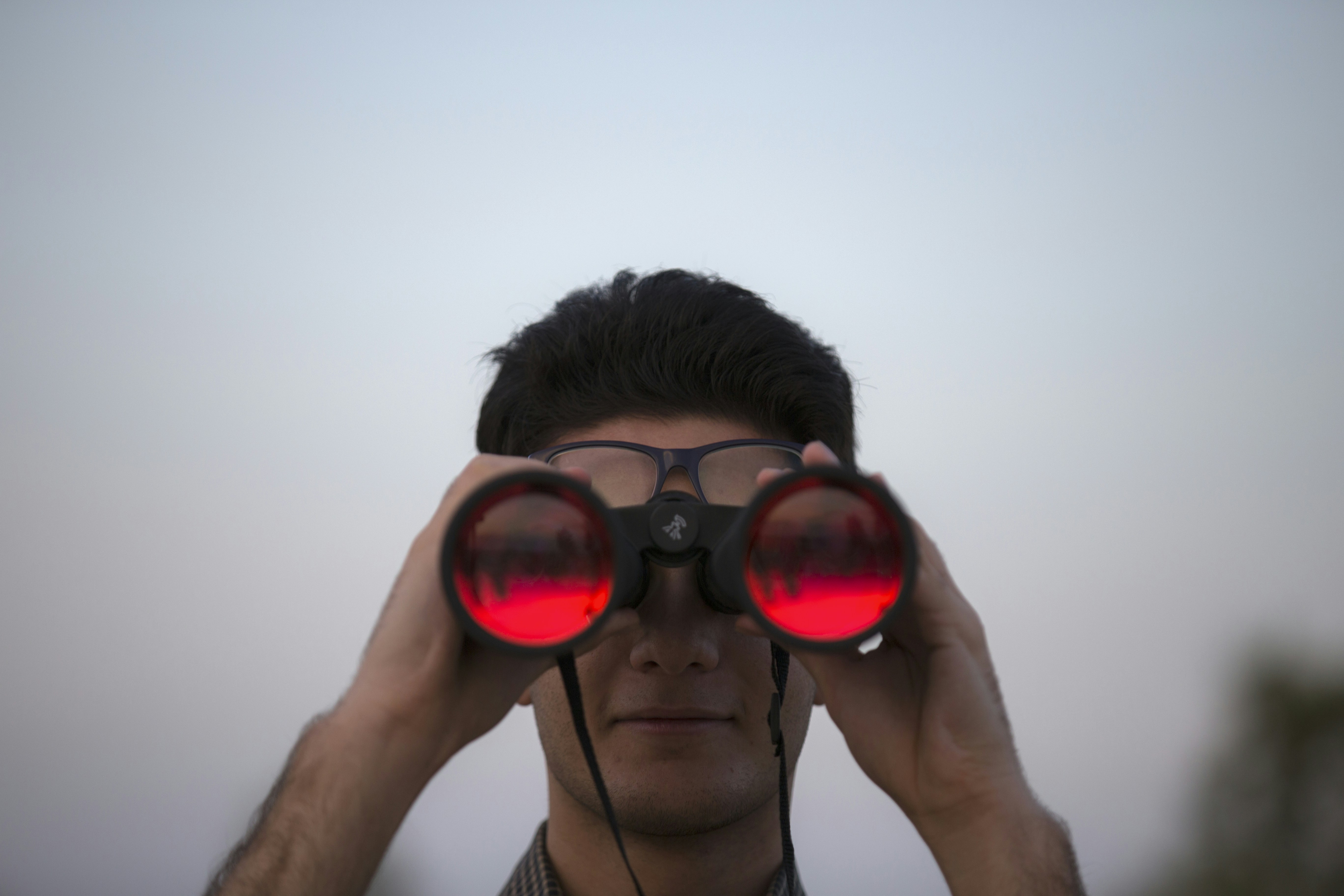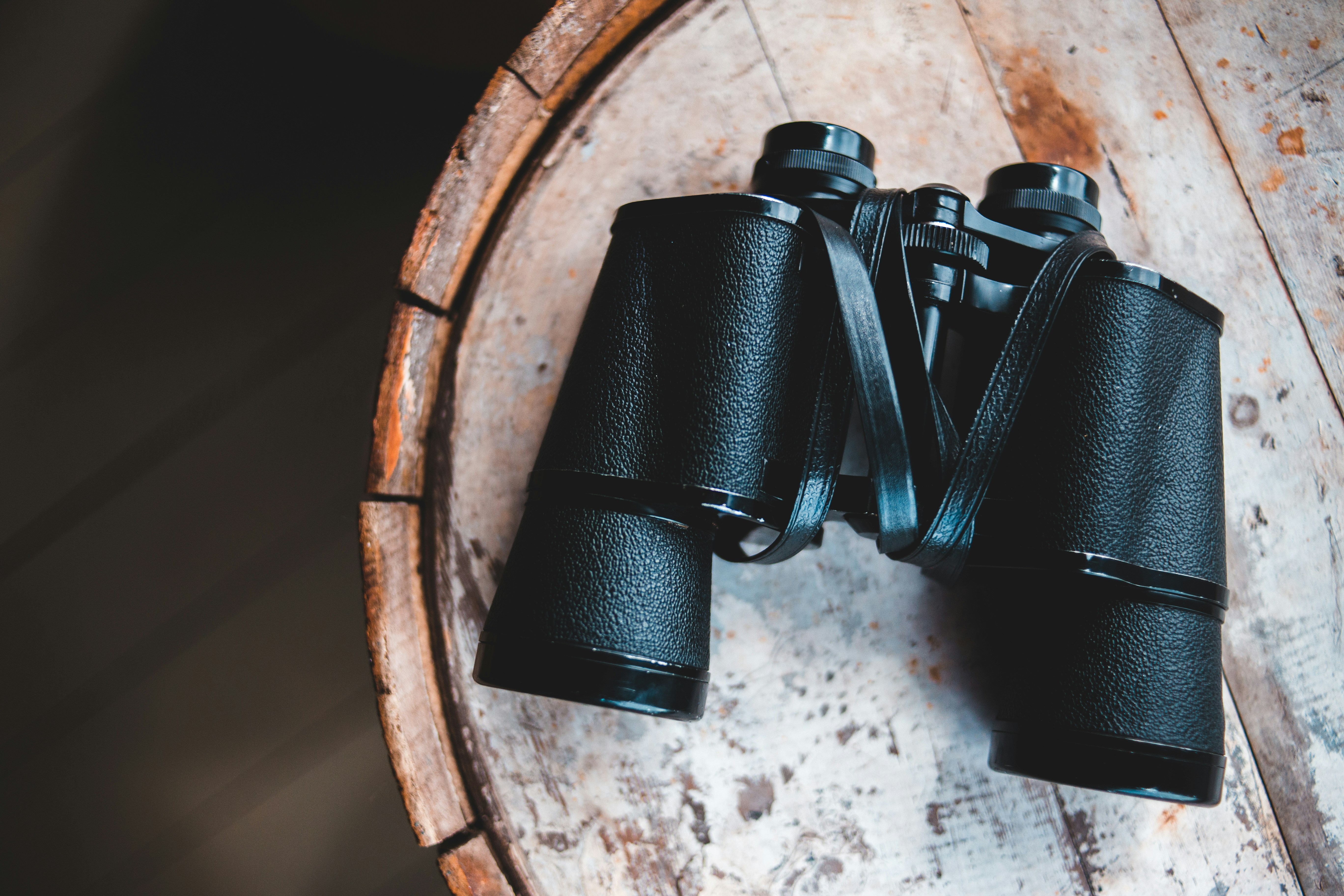Are you an avid nature enthusiast who loves exploring the great outdoors? If so, then you know how important it is to have a good pair of binoculars by your side. Whether you’re birdwatching, hiking, or simply taking in the breathtaking views, having the right binoculars can enhance your outdoor experience and help you see details that might otherwise go unnoticed. In this comprehensive guide, we’ll take a closer look at the best outdoor binoculars available in the market, perfect for nature enthusiasts like yourself. From magnification power to lens quality, we’ll cover it all, ensuring you find the perfect pair to accompany you on your outdoor adventures. So, get ready to see the world with crystal-clear precision and embark on your next nature exploration with confidence!
Choosing the Right Binoculars
When it comes to outdoor activities like bird watching, wildlife spotting, hiking, and more, having a good pair of binoculars can greatly enhance your experience. Binoculars allow you to see distant objects in clear detail and bring you closer to the beauty of nature. However, with so many options available in the market, it can be overwhelming to find the right pair for your specific needs. In this article, we will guide you through the process of choosing the best binoculars for various outdoor activities, helping you see clearly and make an informed decision.
Understanding Magnification
Magnification, expressed as a number followed by “x” (e.g., 8x, 10x), refers to how much larger an object will appear through the binoculars compared to the naked eye. Higher magnification may seem enticing, but it also comes with certain trade-offs. While a higher magnification will allow you to see distant objects in greater detail, it can also make the image shakier, reduce the field of view, and may require a steady hand or tripod for comfortable use. On the other hand, lower magnification provides a wider field of view, making it easier to track moving subjects. It is important to consider the activities you’ll be using your binoculars for and choose an appropriate magnification accordingly.
Considering Lens Diameter
Lens diameter is another important factor to consider when choosing binoculars. It is represented by the second number in the binoculars’ specifications, following the “x” (e.g., 8×42, 10×25). The lens diameter determines the amount of light that can enter the binoculars, resulting in brighter and clearer images. A larger lens diameter allows more light to enter and is especially useful in low-light conditions, such as early morning or late evening. However, larger lens diameters also make the binoculars heavier and bulkier. Consider your specific needs and preferences to strike the right balance between image quality and portability.
Evaluating Field of View
Field of view refers to the width of the area you can see when looking through the binoculars. It is typically measured in feet at a distance of 1,000 yards or meters at a distance of 1,000 meters. A wider field of view allows you to see more of the surrounding area, making it easier to locate and track subjects. This is especially important for activities like bird watching or wildlife spotting, where quick movements and changing positions are common. A narrower field of view may require more effort to find and keep track of objects. Consider the specific activities you’ll be engaging in and choose a binocular with an appropriate field of view for optimal performance.
Evaluating Exit Pupil
The exit pupil is the small circle of light that you can see when you hold the binoculars at arm’s length and look through the eyepieces. It is measured in millimeters and determines the brightness of the image you see. To calculate the exit pupil, divide the lens diameter by the magnification (e.g., 8×42 binoculars have an exit pupil of 5.25mm). A larger exit pupil allows more light to enter your eyes, resulting in brighter images, especially in low-light conditions. If you plan to use your binoculars in dimly lit environments such as during dusk or dawn, a larger exit pupil will be beneficial. However, keep in mind that your pupils also dilate as the ambient light decreases, so a very large exit pupil may become wasteful as it exceeds the dilation of your own pupils.
Evaluating Prism Type
Binoculars use prisms to rectify the image and make it appear right-side-up and correctly oriented. There are two common prism types used in binoculars: Porro prisms and Roof prisms. Porro prisms, found in traditional binocular designs, provide better depth perception and a wider field of view, but they tend to be bulkier compared to roof prisms. Roof prisms, on the other hand, have a more compact and streamlined design, making them lighter and easier to handle. They are commonly found in modern binoculars and offer a more streamlined and ergonomic look. Consider your preferences for size and weight, as well as the optical performance you desire, when deciding between porro prisms and roof prisms.
Considering Waterproof and Fog-proof Features
When you’re out in nature, weather conditions can be unpredictable. That’s why it’s important to choose binoculars with waterproof and fog-proof features to ensure their durability and performance. Waterproof binoculars are sealed with O-rings to prevent moisture, dust, and debris from entering the internal parts of the binoculars. This feature is especially useful if you plan to use your binoculars in wet or humid environments, such as rainforests or marine settings. Fog-proof binoculars are filled with nitrogen or argon gas, which prevents internal fogging caused by rapid temperature changes. This feature is essential for activities like bird watching or wildlife spotting when you may need to quickly transition from a cold environment to warmer surroundings.
Evaluating Eye Relief
Eye relief refers to the distance from the eyepiece lens to your eye when you see the entire field of view. It is particularly important for individuals who wear glasses, as it determines how comfortably they can view the entire image without experiencing any vignetting or loss of peripheral detail. Opt for binoculars with longer eye relief if you wear glasses, ensuring that the eyepieces are designed to accommodate and provide a clear view even when your glasses are on. If you don’t wear glasses, you can still benefit from longer eye relief, as it provides a more comfortable viewing experience, especially during extended periods of use.
Considering Focus System
The focus system of binoculars determines how easily and accurately you can bring the image into focus. There are two common focus systems: individual focus and center focus. Individual focus binoculars allow you to focus each eyepiece independently, which is useful if you frequently observe objects at different distances. However, some users may find this system less intuitive and time-consuming. Center focus binoculars, on the other hand, have a single focus wheel located between the eyepieces, allowing you to focus both eyepieces simultaneously. This system is more user-friendly and convenient for activities like bird watching or wildlife spotting, where quick adjustments may be required to follow moving subjects.
Evaluating Weight and Size
The weight and size of binoculars can significantly impact your comfort and portability, especially during extended periods of use or when carrying them in a backpack. Lighter and more compact binoculars are often preferred for activities like hiking or backpacking, as they minimize strain and take up less space in your gear. However, keep in mind that lighter binoculars may sacrifice certain features or optical performance. It is essential to strike the right balance between weight and features, choosing a pair of binoculars that can meet your specific needs without compromising on your comfort.
Considering Durability and Build Quality
Outdoor activities often involve rough terrains, changing weather conditions, and occasional mishaps. Therefore, it is crucial to choose binoculars that are durable and built to withstand the rigors of outdoor use. Look for binoculars with a rugged construction, preferably made with materials like rubber armoring or magnesium alloy, which can protect against impacts and provide a better grip. A high build quality ensures that your binoculars will last for a long time, allowing you to enjoy your outdoor adventures without worrying about wear and tear.
Best Binoculars for Bird Watching
Bird watching requires binoculars with specific features that allow you to observe birds in their natural habitat with precision and clarity. Here are some of the best binoculars for bird watching:
Nikon Monarch 7 8×42
The Nikon Monarch 7 8×42 binoculars provide exceptional image quality, thanks to their high-quality optics and multilayer-coated lenses. They offer a wide field of view and a magnification of 8x, making it easier to spot and track fast-moving birds. The binoculars are equipped with ED (Extra-low Dispersion) glass, which minimizes chromatic aberration and provides excellent color reproduction. With a rugged construction and waterproof and fog-proof features, the Nikon Monarch 7 8×42 is built to withstand the demands of bird watching in various environments.
Vortex Optics Diamondback 10×42
The Vortex Optics Diamondback 10×42 binoculars are known for their exceptional optical performance and durability. With a magnification of 10x and a wide field of view, they offer a balance between detail and a broader view, making them suitable for various bird watching scenarios. The binoculars feature fully multi-coated lenses, ensuring maximum light transmission and sharpness. Their rugged construction, rubber armor, and waterproof and fog-proof qualities make them ideal for bird watching adventures in all weather conditions.
Zeiss Terra ED 10×42
Zeiss is renowned for its high-quality optics, and the Zeiss Terra ED 10×42 binoculars are no exception. With a magnification of 10x, these binoculars bring distant birds closer with exceptional clarity and detail. They feature Schott ED glass and Zeiss’ hydrophobic multi-coating, which provides excellent light transmission and color fidelity. The binoculars are ergonomic and lightweight, making them comfortable to use for extended periods. Additionally, they have a waterproof and fog-proof design, ensuring their durability in any weather.
Celestron Nature DX 8×42
The Celestron Nature DX 8×42 binoculars offer excellent value for bird watchers. With a magnification of 8x and a wide field of view, they provide a comfortable viewing experience with easy tracking of birds in motion. The binoculars feature BaK-4 prisms and fully multi-coated lenses, producing bright and sharp images. They have a durable and lightweight construction, making them a great companion for bird watching outings. The Celestron Nature DX 8×42 binoculars also come with a protective carrying case, lens caps, and a neck strap, ensuring convenience and portability.
Bushnell Legend Ultra HD 10×42
The Bushnell Legend Ultra HD 10×42 binoculars are designed to deliver exceptional performance in any bird watching situation. With a magnification of 10x and a wide field of view, they offer detailed views of distant birds while maintaining a broader perspective. The binoculars feature ED Prime glass and Ultra Wide Band Coating, which provide enhanced color fidelity and maximum light transmission. Their lightweight and ergonomic design, along with a durable construction and waterproof capabilities, make them a reliable choice for bird watchers of all levels.
Best Binoculars for Wildlife Spotting
Wildlife spotting requires binoculars that can bring distant animals closer while maintaining image clarity. Here are some of the best binoculars for wildlife spotting:
Vortex Optics Viper HD 10×42
The Vortex Optics Viper HD 10×42 binoculars are known for their superior optical performance and durability. With a magnification of 10x and advanced high-density extra-low dispersion glass, these binoculars deliver sharp and color-accurate images of wildlife. They have a wide field of view, perfect for tracking animals on the move. The binoculars are equipped with XR anti-reflective coatings and ArmorTek protecti






